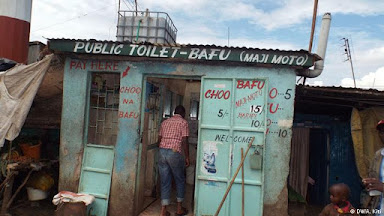Conclusion

This series of blogs have taken me and you, on a journey of diving deeper into the links between water, women and development. Equitable access to water is key for women to realise their potential in almost all aspects of their lives. From menstruation, to farming, education and being able to live in dignity and safety, these different aspects of life are all controlled and centred around one thing: water. These blogs have highlighted and examined the different ways in which water access is undeniably a key component of effective development for women. One important thing that I have taken out of these blogs is that w omen must be recognised as stakeholders in their own right, whether this be to water or any other resource, in order to be recognised as one of the pre-conditions for effective development. This recognition should occur at all levels: personal, household, community, national and international. Women have potential to develop Choosing gende...





